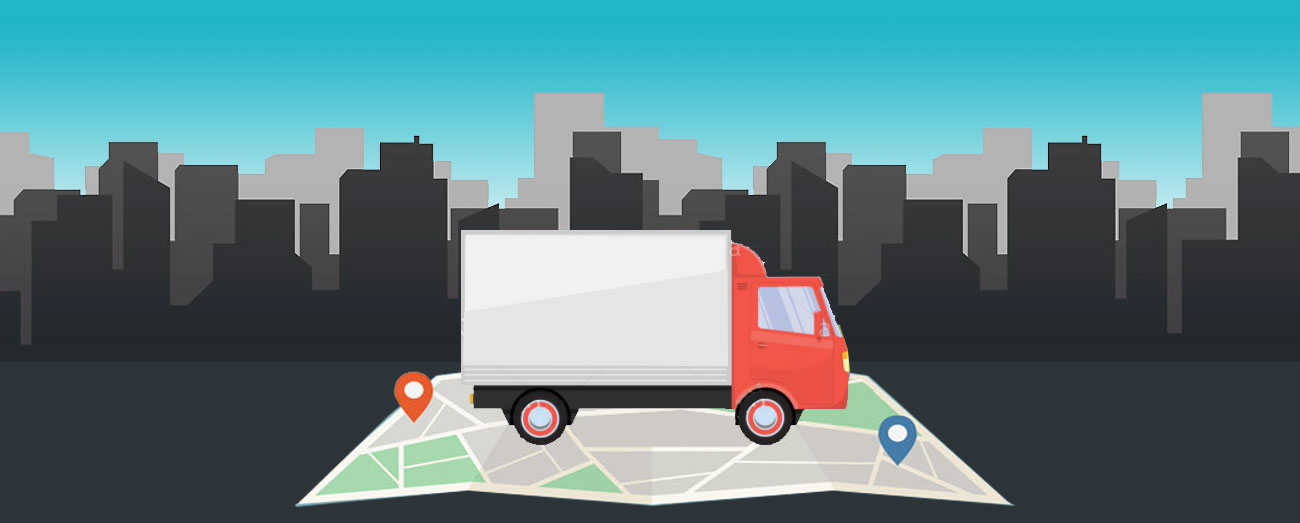Edge Computing and the Internet of Things (IoT)
Tagged with: Software Development
Edge computing and the Internet of Things (IoT) are like two puzzle pieces that fit together to make something new and exciting. When used together, these technologies can enhance speed, efficiency, and manageability, especially when it comes to data. In logistics, this integration of technologies makes moving goods and packages easier and more efficient. Reducing costs in the meantime. We will go into detail of how edge computing and IoT are used in logistics and their impact across the industry.
Let’s visualize edge computing. Say you are at a country home working on your computer. When you execute a task on the internet, your computer is sending and retrieving data from a massive data farm. Let’s visualize this data farm as the big city. From the country, you are sending data all the way to the big city where thousands of others are doing the same. The city has traffic, congestion, and crowds, so your data comes back slowly. Edge computing is putting an IoT device (such as nodes, routers, switches, firewalls, WAN’s etc.) at the edge of your neighborhood. Now, when you execute a task on the internet, you are sending and receiving data within your neighborhood instead of the big city. This makes it much more efficient and effective to retrieve information to your countryside home. Any information pinged to these IoT devices will be stored for the next time someone needs to process the same data, making it that much more efficient.
In logistics, edge computing is being used to process and analyze data generated by IoT devices and sensors in real-time. This allows companies to optimize operations, such as moving packages and goods, to better serve their customers. These IoT devices and sensors are used to track and monitor packages, while providing real-time analysis. This includes RFID tracking, temperature monitoring, and predictive maintenance. Logistics companies benefit from using these technologies, particularly in the area of inventory management.
One example of how edge computing and IoT are being used in logistics is in automated warehouses. By using edge computing, robots, and other automated systems they are able to process and analyze data generated by IoT devices and sensors in real-time. This allows for faster and more efficient movement and sorting of packages in the storage facility, helping gain valuable data of inventory management. By using IoT RFID tracking devices, logistics companies are able to determine the most efficient way to store their inventory to effectively deliver it to the customer on time or even sooner. This is also true for temperature monitoring, which helps logistics companies understand the best storage locations for packaged goods, so they last longer in storage or are efficiently shipped to maintain their freshness.
Another example is with last-mile delivery, where logistics companies are able to use IoT devices and sensors in delivery vehicles, some of which are automated. Last-mile delivery accounts for over half of shipping costs. Using IoT devices and sensors allows logistics companies to track, in real-time, the performance of these deliveries. This includes overall performance, traffic conditions, and most importantly, route efficiency. With this valuable data, routes may be changed for faster delivery, resulting in reduced costs for the company and the customer and increased customer satisfaction.
While edge computing and IoT have the potential to revolutionize logistics, there are still some challenges that need to be overcome. One of the biggest challenges is data security, as data transmitted over the network is vulnerable to cyber-attacks, a growing concern across the technological world. Additionally, there are concerns about network connectivity and scalability, as the number of devices and sensors used in logistics continues to grow.
To overcome these challenges, logistics companies should adopt best practices such as testing and piloting the technology in a small area before scaling up. Finally, they should work with technology partners who have experience in implementing edge computing and IoT solutions. Contact our development team if you have any questions!




